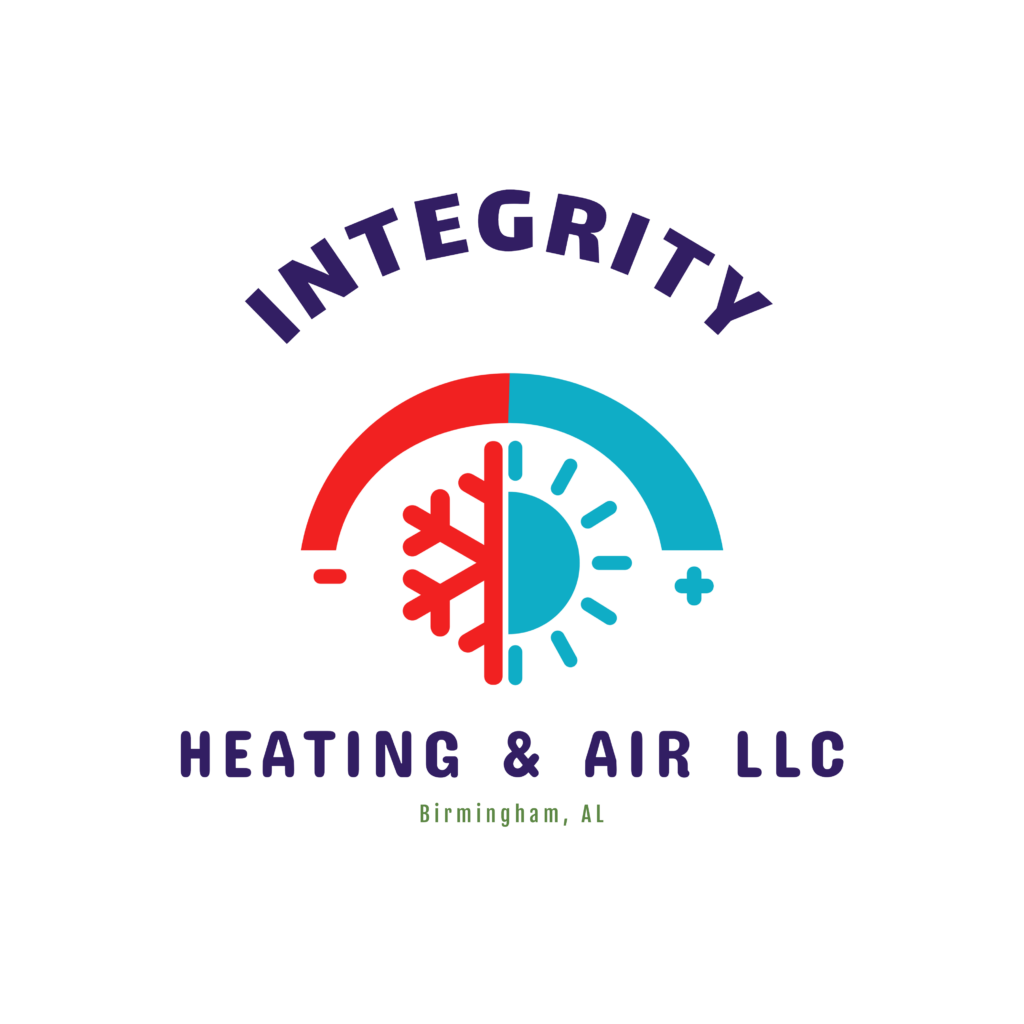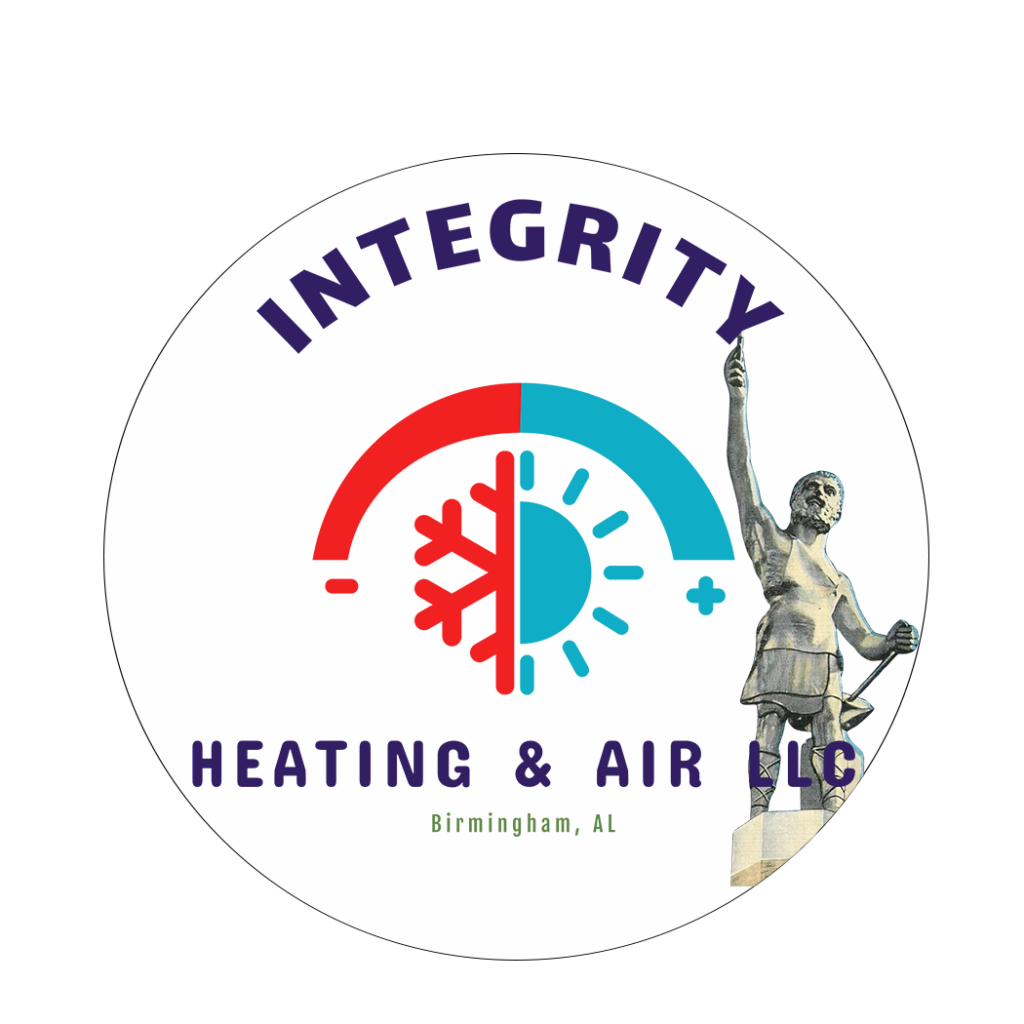**Exploring Variable Refrigerant Flow (VRF) Systems: The Future of HVAC Technology**
In the world of HVAC (Heating, Ventilation, and Air Conditioning) systems, Variable Refrigerant Flow (VRF) technology is quickly becoming a popular choice for commercial and residential buildings. VRF systems offer numerous benefits such as energy efficiency, precise temperature control, and flexible installation options, making them a versatile and cost-effective solution for modern buildings.
### Understanding VRF Systems
VRF systems operate on the principle of varying the flow of refrigerant to indoor units based on the cooling or heating requirements of different zones within a building. This allows for individual temperature control in each space, maximizing comfort and energy efficiency. Unlike traditional HVAC systems that operate at a fixed capacity, VRF systems can adjust the refrigerant flow rate to match the load requirements, resulting in significant energy savings.
### Key Benefits of VRF Systems
1. **Energy Efficiency:** VRF systems are designed to be energy-efficient by only providing the necessary amount of cooling or heating to each zone. This targeted approach helps minimize energy waste and reduce utility costs.
2. **Zoned Control:** With VRF systems, users have the flexibility to set different temperatures for individual zones or rooms, ensuring personalized comfort levels throughout the building.
3. **Quiet Operation:** VRF systems are known for their quiet operation, making them ideal for environments where noise levels need to be kept to a minimum, such as offices, hotels, and residential buildings.
4. **Space Saving:** VRF systems require less space for installation compared to traditional HVAC systems, making them a suitable option for buildings with limited space constraints.
5. **Improved Air Quality:** VRF systems often come with advanced filtration options that help remove dust, allergens, and other pollutants from the air, promoting better indoor air quality.
### Applications of VRF Systems
VRF systems are suitable for a wide range of applications, including:
– Commercial buildings
– Hotels and resorts
– Hospitals and healthcare facilities
– Educational institutions
– Residential buildings
### Conclusion
As the demand for energy-efficient and sustainable HVAC solutions continues to grow, Variable Refrigerant Flow (VRF) systems are emerging as a preferred choice for building owners and developers. With their advanced technology, zoned control capabilities, and cost-saving benefits, VRF systems offer a modern and efficient solution for heating and cooling needs in both commercial and residential settings. By exploring the possibilities of VRF systems, building owners can enhance comfort, reduce energy consumption, and create a more sustainable environment for occupants.
In conclusion, VRF systems represent the future of HVAC technology, providing a smart and efficient way to manage indoor climate control while maximizing energy savings and comfort levels. As the industry continues to evolve, VRF systems are poised to play a significant role in shaping the buildings of tomorrow.

